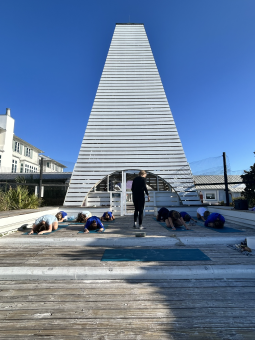
SEASIDE SCHOOL
Enhancing Youth Development
Dec 30, 2024

Dec 30, 2024
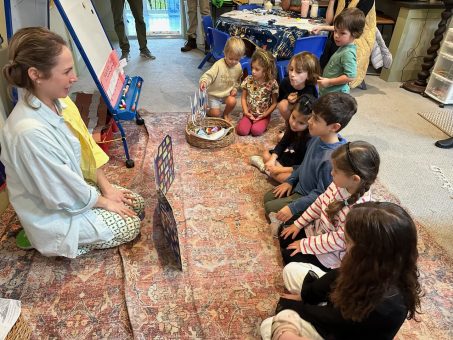
Dec 30, 2024
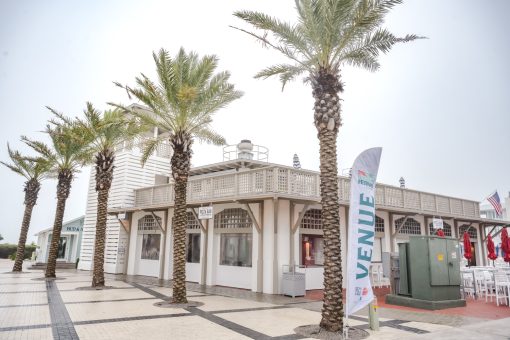
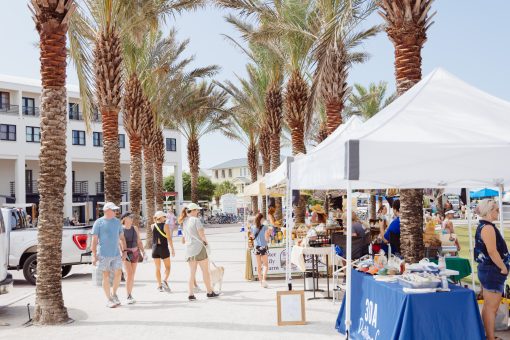


Dec 10, 2024
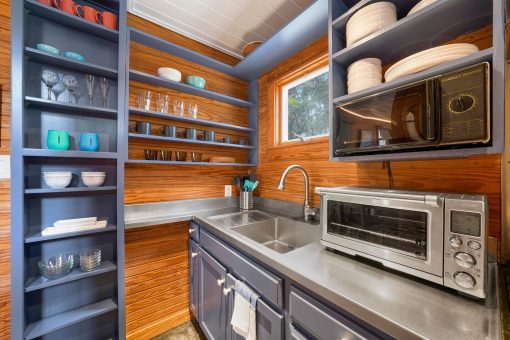
Dec 05, 2024

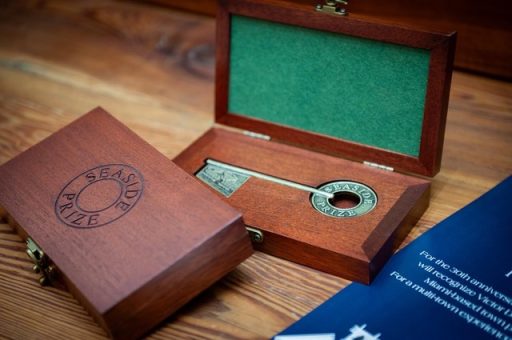
Nov 13, 2024

Nov 07, 2024

Nov 06, 2024
Error: No feed with the ID 2 found.
Please go to the Instagram Feed settings page to create a feed.